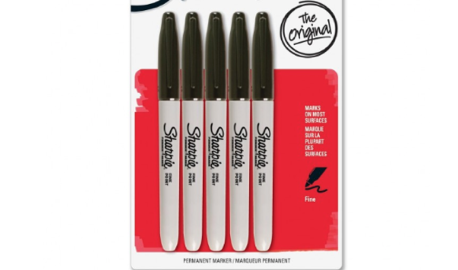— March 19, 2019

It’s no secret that consumers are interested in personalized shopping experiences. And the effects of personalized experiences are well documented. A report from Business Insider found that 49% of consumers surveyed said they have purchased a product they weren’t planning to buy after receiving a personalized recommendation, and 40% of shoppers have spent more on a purchase than planned because of a personalized shopping experience.
But these numbers aren’t guaranteed from just any product recommendation — recommended products need to be personalized to each individual to be truly effective. Retailers with strong product recommendation strategies – driven by machine-learning algorithms – will position themselves to win over more customers. But what are the qualities of the most successful product recommendations? Here are four tips you can use to transform your recommendation strategies from status quo to competitive.
1. Incorporate in-depth behavioral data
Retailers collect a wealth of data about their known customers as well as their anonymous shoppers. All of that data can come together to indicate customer interests and preferences — which can be used to inform recommendations. E-commerce leaders should analyze the story behind the data to identify why shoppers find these products valuable or interesting. For example, knowing how long a consumer spends browsing particular products, brands, styles or categories can help you uncover true interest and buying intent.
This intent-driven analysis layer can help create more effective product recommendations by allowing them to be completely personalized to each individual.
Take Invaluable, the world’s leading online marketplace for fine art, antiques and collectibles, for example. Every Invaluable customer has sophisticated and highly individualized tastes. Some seek to build an intimate collection of unique pieces spanning several artists or movements, while others are interested in extremely specific one-of-a-kind pieces. And since pieces are auctioned rapidly, Invaluable must quickly match customers to relevant pieces before each piece is sold.
To accomplish this, Invaluable pays attention not just to which specific items a collector is interested in, but what that interest says about her preferences for styles, categories, auction houses, artists and more. With this understanding, it can select individually tailored recommendations in real time. For example, the image below shows the recommendations a customer who has shown a strong interest in pop art would see, but someone who is interested in antique furniture and vases would see a completely different experience.
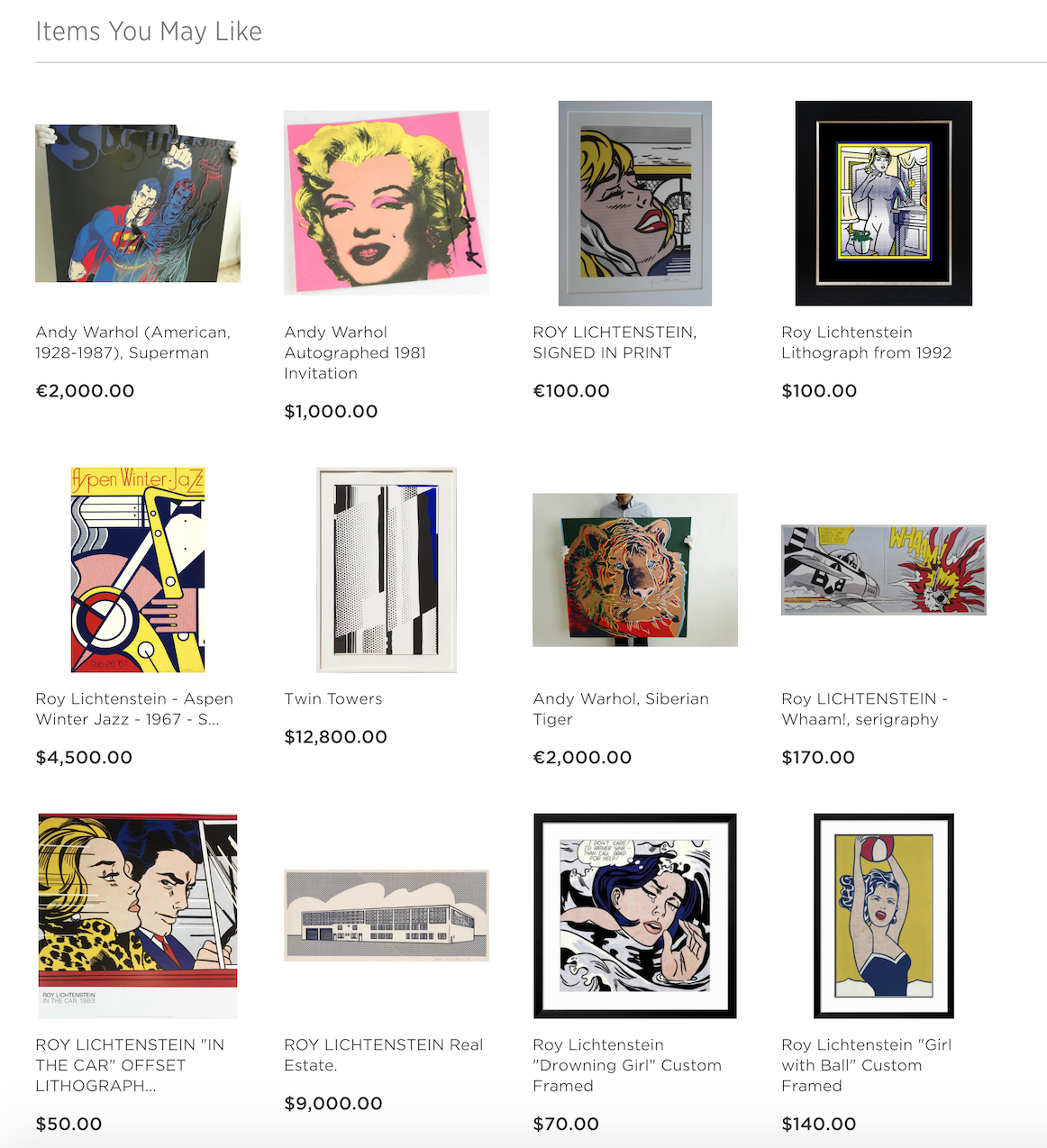
2. Define and test your own recommendation strategies
Not all product recommendations are created equally. You need to start with good, in-depth data, but you also need the right algorithm to select products that will resonate most strongly with your customer base.
A good recommendation engine will allow you — the human — to exercise control over how the algorithms make their selections. When you create your own algorithmic “recipe,” you start by picking a base algorithm that tells the machine where to begin. Common base algorithms include trending products, recently added products, items that are bought or browsed together, and several machine-learning algorithms like collaborative filtering that you can learn more about in this eBook. Then you can incorporate filters that include or exclude certain criteria (such as certain categories or price points) based on your business goals and boosters to highlight certain individual preferences for colors, brands, price points, etc.
Once you’ve added the human element to your recommendation algorithms, test them. You may find that for your business, shoppers don’t care as much about product color — but they’re very brand loyal. In that case, you should ensure that your algorithms prioritize products based on brand affinity, but not color affinity. You may find that trending products work best on your homepage, but co-browse products work best on your cart page. Regular testing and iterating is the only way to know for sure.
3. Leverage recommendations across the full experience
You have many different marketing channels, and many touchpoints within those channels, where you can present recommendations. For example, you can present product recommendations across your homepage, product detail pages (PDPs), category pages, 404 pages, shopping cart, etc. — not to mention your website, mobile app, email campaigns, paid ads, or even in person. Each of these areas should contain consistent recommendations that demonstrate an understanding of each individual.
For example, retailer Carhartt displays recommendations across many different areas of its site and across channels, such as its shopping cart:
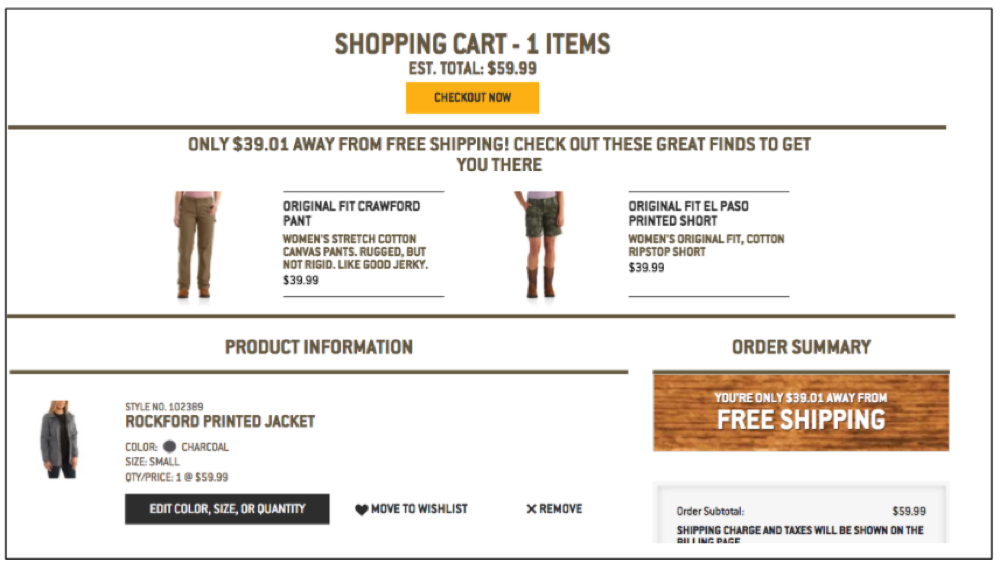
as well as its 404 pages:
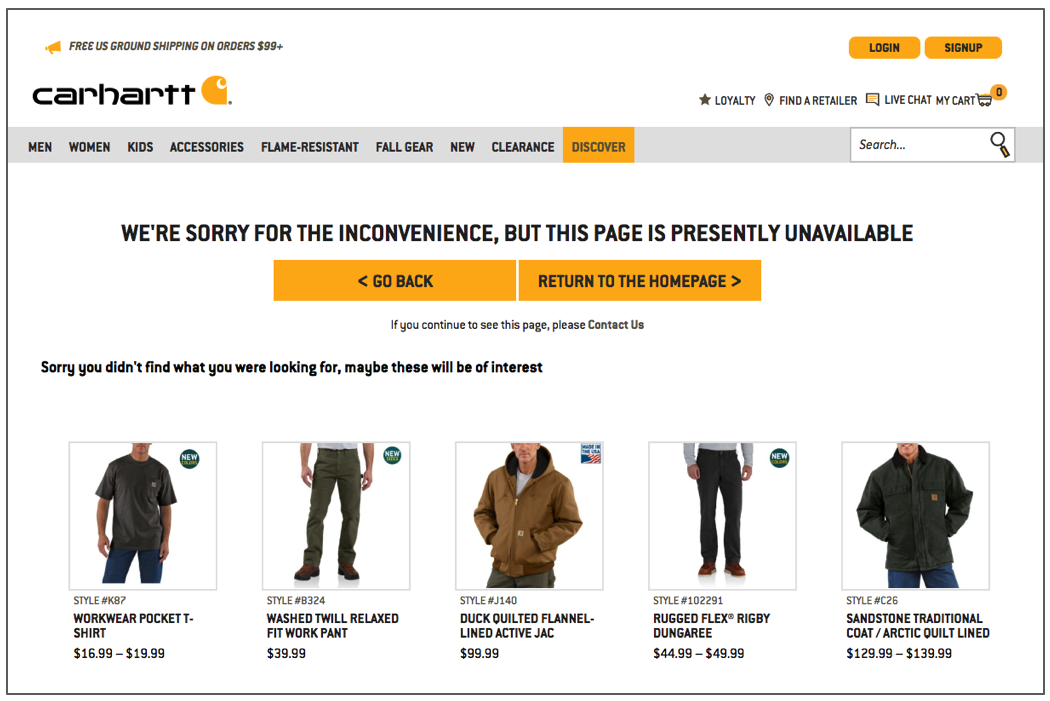
and its email campaigns.
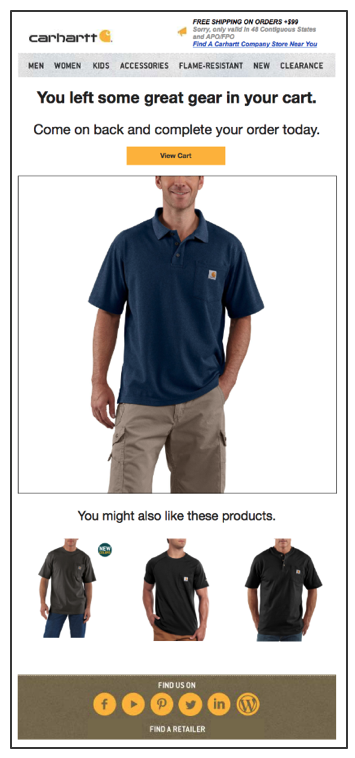
Product recommendations in each of these areas are selected based on a true understanding of each individual to create a consistent experience no matter where the recommendations are viewed.
4. Incorporate social proof
Study after study shows that consumers trust recommendations from friends and family above all other forms of marketing; in other words, they value social proof. Your recommendations will be more effective when emulating these real-world patterns. Once you ensure you’re recommending the most relevant products for each individual, take it up a notch and encourage action with badging. For instance, indicating to shoppers that certain recommended items have been viewed by hundreds of other shoppers during the last hour can indicate that others are interested.
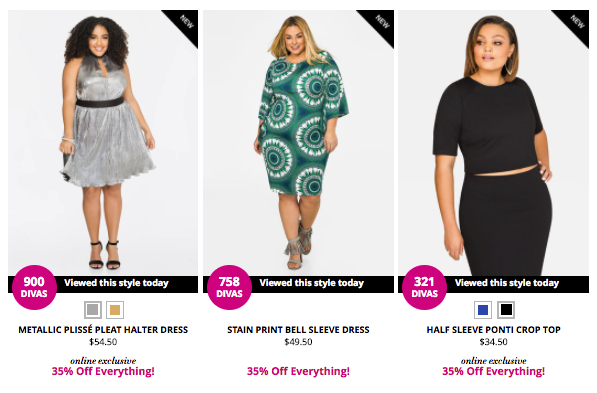
You can also use badging to indicate when products are a “top pick,” “bestseller,” “new,” etc. to give shoppers more information and incentives to click on your product recommendations.
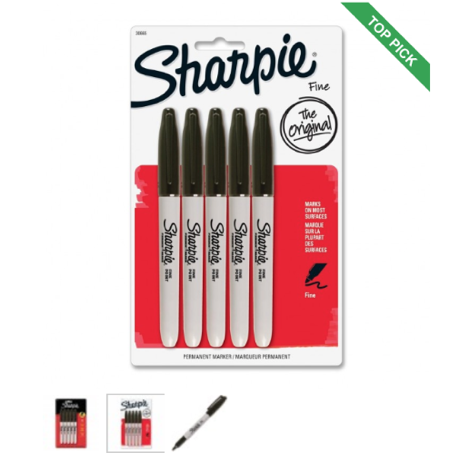
Final thoughts
Shoppers tell you a lot about themselves based on how they interact with your company across touchpoints. Use that information to deliver the most relevant and engaging product recommendations possible. The end result? You’ll provide more value to your customers and fuel more transactions along the way.
Business & Finance Articles on Business 2 Community
(61)
Report Post